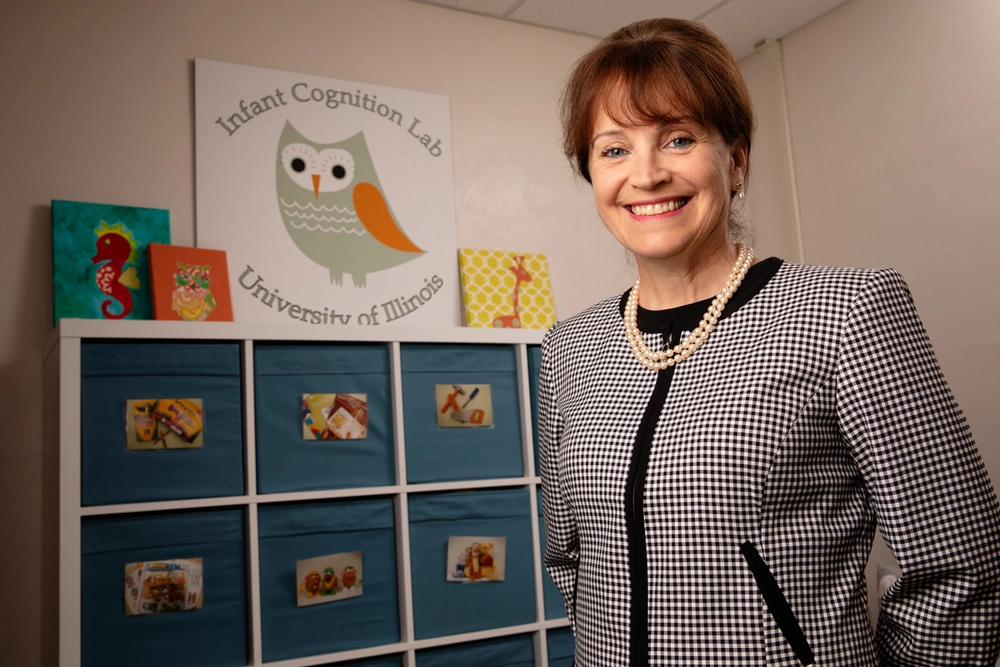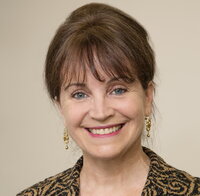
CHAMPAIGN, Ill. — A new study finds that 21-month-old infants can distinguish between respect-based power asserted by a leader and fear-based power wielded by a bully.
The study, reported in the Proceedings of the National Academy of Sciences, analyzed infants’ eye-gazing behavior, a standard approach for measuring expectations in children too young to explain their thinking to adults. This “violation-of-expectation” method relies on the observation that infants stare longer at events that contradict their expectations.
Previous studies had shown that infants can recognize power differences between two or more characters, said University of Illinois PsychologyAlumni Distinguished Professor Renee Baillargeon, who conducted the new research.
“For example, infants will stare longer at scenarios where larger characters defer to smaller ones. They also take note when a character who normally wins a confrontation with another suddenly loses,” she said. “But little was known about infants’ ability to distinguish between different bases of power.”
To get at this question, Baillargeon developed a series of animations depicting cartoon characters interacting with an individual portrayed as a leader, a bully or a likeable person with no evident power.
She first tested how adults—undergraduate students at the University of Illinois—responded to the scenarios and found that the adults identified the characters as intended. Next, she measured the eye-gazing behavior of infants as they watched the same animations.
